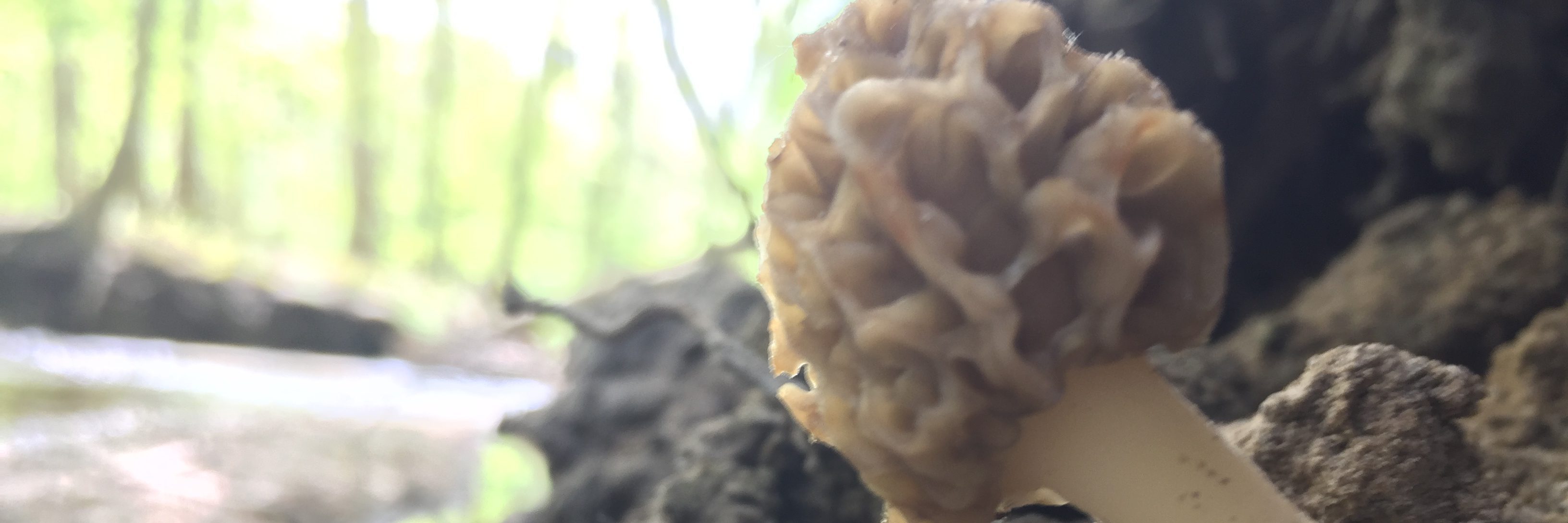Indian Mill Creek in Grand Rapids, Michigan is a real gem: an urban trout stream. Normally trout don’t do well in urban streams because of high water temperatures and poor water quality. Indian Mill Creek is special because it has a steady supply of cool, clean groundwater that can maintain a healthy trout fishery. However, recent surveys have found almost no trout in the creek. How could this be?
The likely culprit is lots of sand getting into the creek and smothering gravel, cobble, and woody debris habitats. These habitats are important for fish and other critters for shelter and reproduction. When they’re covered in sand, it’s difficult for the trout fishery to be maintained. But where does this sand come from, and how extensive are the habitat problems? How is this measured?
This study aims to answer these questions using a combination of innovative technologies and techniques. These include a high-resolution laser scanner (lidar) to assess streambank erosion, and a computer simulation of how a changing landscape affects the hydrology of the creek. Check out the inventories page for a full list with descriptions. Our objectives are to compare different techniques for measuring streambank erosion, examine the effects of sediment pollution on stream habitat, and develop models of the watershed. Results will help guide restoration of the trout fishery.
The research is a Master’s thesis at Grand Valley State University with support from the Graduate School, Annis Water Resources Institute, Rediske Lab, and Lower Grand River Organization of Watersheds.
If you’re interested in being involved with community watershed activities, check out the Lower Grand River Organization of Watersheds’ Indian Mill Creek News!

